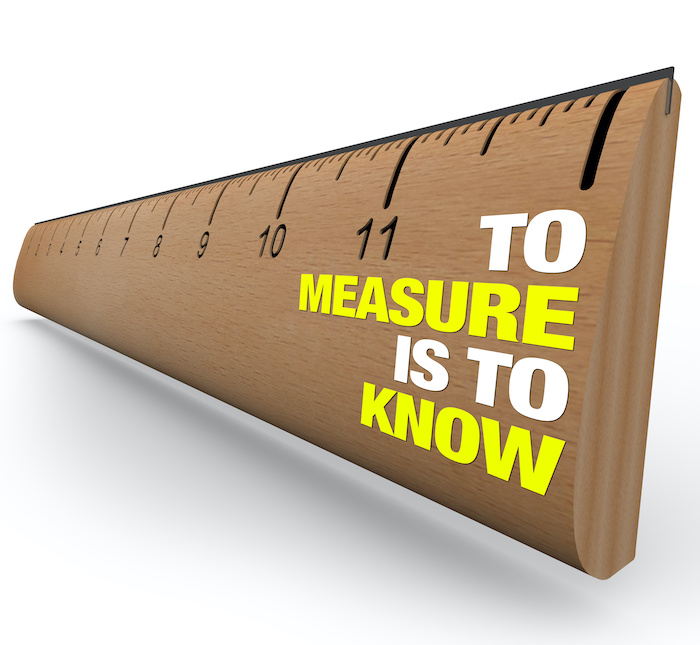Your cart is currently empty!

Top 5 Web Metrics for 2021
You may have had your end-of-year reports, your annual meetings, and your planning retreats by now. But how are you determining the value of your online presence? What web metrics will you be using this year?
Here are five you should consider.
Page load speed
How fast does your website show up? This is important to your visitors, but as long as your site loads pretty quickly, it won’t be the most important thing. You don’t hear people say that their favorite website is X, “because it loads so fast.”
However there are two things that make this metric important.
First, if your page doesn’t load fast enough or smoothly enough, people may not stay long enough to see your stunning graphics and read your compelling words.
Second, Google plans to start counting Core Web Vitals as part of its ranking signals this year. While we will write more about this soon, we can tell you that it boils down to page load speed. That means that you may need to update your website, if you haven’t done so for a while. You might also rethink fancy elements at your website, since they tend to slow you down.
Check your Core Web Vitals with this handy online tool to get a sense of where your website is now. Read more about how to improve your page load speed.
Web traffic
This metric may need some definition for it to be useful. For example, you might want to measure traffic from your geographic service area or traffic from a certain demographic (such as women ages 25-35 if your desired audience is moms).
You’ll probably want to exclude bots. You might want to separate visitors to your sales pages from those who stay on the homepage.
But broadly speaking, an increase in traffic is generally a good sign. It means that you have more influence and that you have more opportunities to sell your goods or services. It can also show that your marketing is effective and give you an idea of the overall health of your website.
Conversion rate
If your website can show you a clear conversion rate, that is a very important metric to consider. Your website’s conversion rate is the percentage of web visitors who take an action you want them to take, such as booking an appointment, buying an item, or contacting you for a sales call.
Improving your conversion rate should always be a goal, but it can’t always be measured at your website. For example, you might want visitors to buy a product at Amazon, or to send a letter to their congressperson. There are no obvious web metrics for those goals.
We’ll post more about this soon, but you should consider whether there are intent-to-buy signs you could measure at your website. Identifying useful web metrics and setting them up will make a difference here.
Opt-in rate
Do your visitors download your white papers, subscribe to your newsletter, or agree to receive email updates? All of these actions show that they’re willing to hear from you.
Your opt-in rate can be manipulated. That is, you could offer new visitors 15% off their first purchase if they sign up for your email updates. Some of these visitors may accept the offer, make their discounted purchase, and opt out at their next opportunity. That does not make the opt-in rate a less valuable metric, but it’s important to separate rates which have been affected by a discount from those that have not.
Email open rate
The percentage of subscribers who open your emails is a good indication of how much they value your content. On the other hand, the larger your list, the smaller your open rate.
This is why this metric should be considered separately from the other web metrics we’ve suggested.
What’s coming up
We’ll be examining each of these metrics further in upcoming posts.
Have we overlooked a metric you think is especially important? Let us know in the comments!
by
Tags:

Leave a Reply